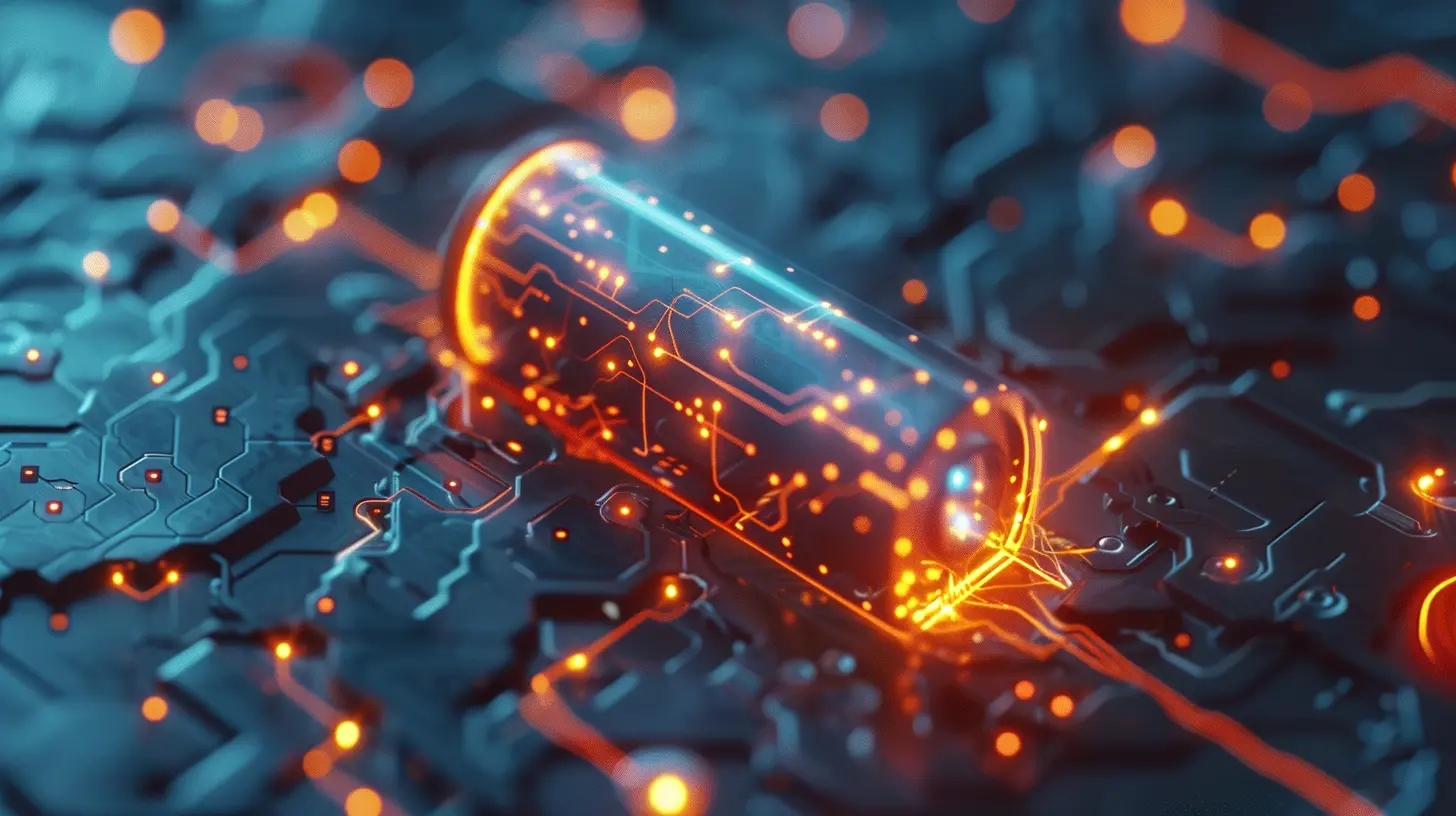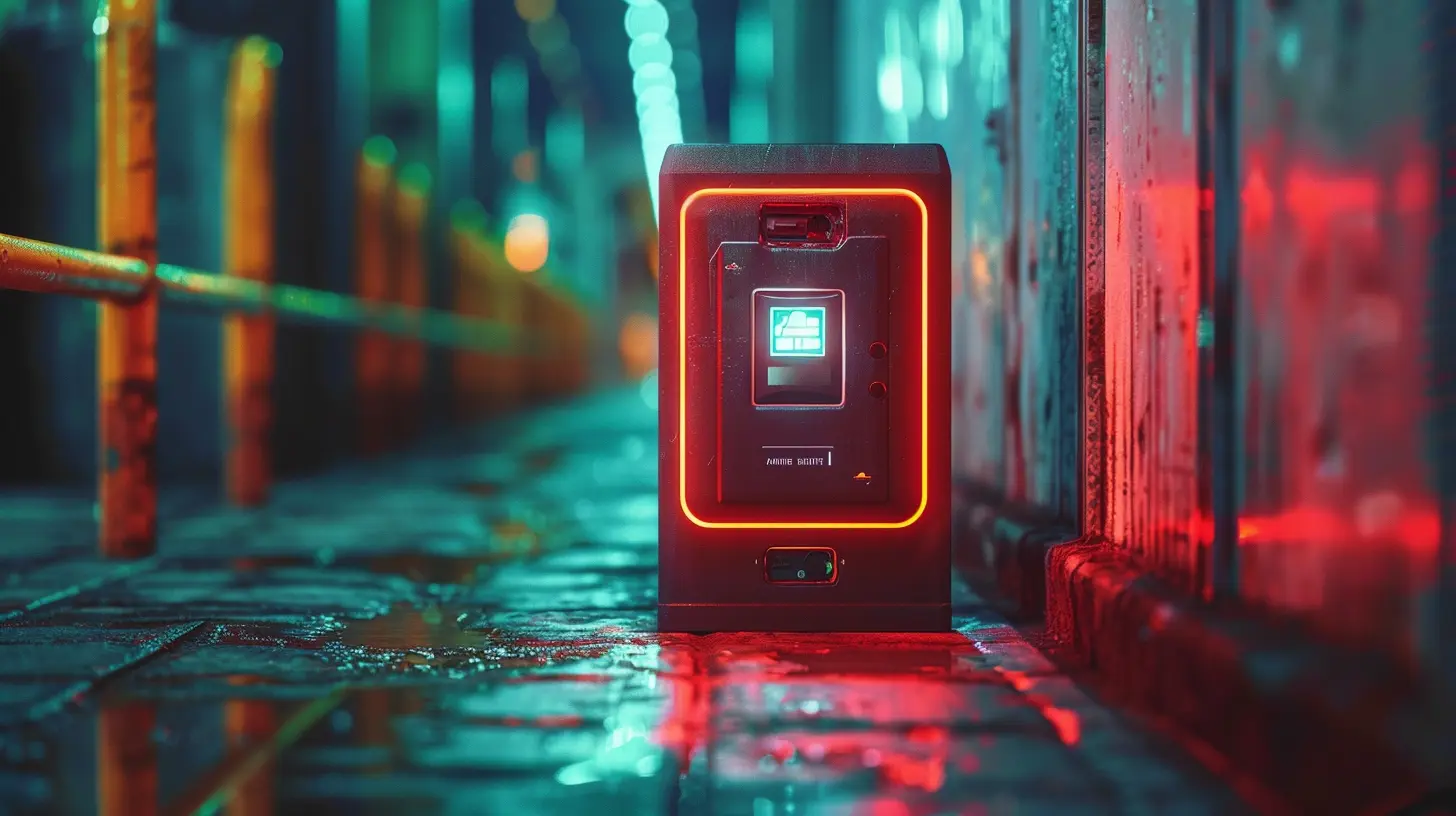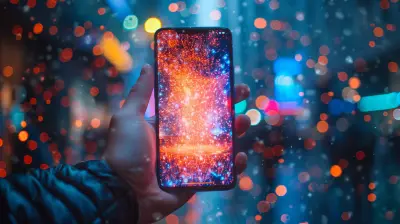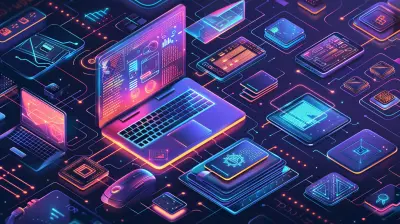17 February 2025
Batteries are everywhere. They're in our smartphones, laptops, electric cars, and even in the gadgets we're wearing on our wrists right now. But have you ever stopped to think about the impact these little powerhouses have on our planet? As our reliance on technology grows, so does the demand for better, more efficient, and eco-friendly batteries. And let's face it, nobody likes dealing with a dead battery at the most inconvenient times.
So, what's the future of batteries looking like? How can we make them last longer, charge faster, and, most importantly, be kinder to the environment? Well, buckle up because we're diving into the exciting world of battery innovation and what it means for the future.

The Problem with Traditional Batteries
Before we jump into the future, it’s important to understand the challenges we’re currently facing with traditional batteries. Most of the batteries we use today are lithium-ion batteries. They’ve been around for decades and have powered everything from mobile phones to electric vehicles. But they’re far from perfect.Limited Lifespan
You’ve probably noticed that your phone battery doesn’t last as long as it used to. That’s because lithium-ion batteries degrade over time. The more you charge and discharge them, the less capacity they have. Eventually, they become inefficient, forcing you to either replace the battery or, worse, the entire device. Not cool, right?Environmental Impact
Let’s talk about the elephant in the room—environmental impact. Lithium-ion batteries rely on materials like lithium, cobalt, and nickel, which are mined from the Earth. Mining these materials not only depletes natural resources but also leads to environmental issues such as deforestation and water pollution. And don’t even get me started on what happens when these batteries end up in landfills. Toxic chemicals can leak into the ground, causing serious harm to ecosystems.Clearly, we need to do better. And that’s where the future of batteries comes in.

The Future is Green: Eco-Friendly Batteries
With climate change being a hot topic (literally), finding greener, more sustainable battery solutions is becoming a top priority. Several companies and research institutions are working hard to develop eco-friendly batteries that don’t sacrifice performance. Let’s take a look at some of the promising advancements in this space.Solid-State Batteries
If there’s one term you’ll be hearing a lot more of in the near future, it’s "solid-state batteries." These batteries have the potential to revolutionize everything from smartphones to electric vehicles. Unlike traditional lithium-ion batteries, which use a liquid electrolyte to transport ions between the battery’s anode and cathode, solid-state batteries use a solid electrolyte.So why does this matter? Well, for starters, solid-state batteries are safer. The liquid electrolyte in lithium-ion batteries can be flammable, leading to the risk of fires or explosions. Solid-state batteries eliminate this issue. They’re also more energy-dense, which means they can store more power in a smaller, lighter package. This could mean longer-lasting smartphones and electric cars that can go hundreds of miles on a single charge.
The best part? Solid-state batteries could reduce the need for harmful materials like cobalt, making them a more environmentally friendly option. Several companies, including Toyota and Samsung, are already heavily investing in this technology, and we could see them hit the mainstream within the next decade.
Sodium-Ion Batteries
Another exciting development in the world of batteries is sodium-ion technology. Instead of lithium, these batteries use sodium—a much more abundant and cheaper material. This makes sodium-ion batteries a more sustainable option, especially as we face potential shortages of lithium in the future.While sodium-ion batteries aren’t quite as energy-dense as lithium-ion batteries (meaning they can’t store as much power), they’ve been improving rapidly. Researchers are working on ways to increase their storage capacity and make them more commercially viable. Given that sodium is one of the most abundant elements on Earth, these batteries could be a huge game-changer when it comes to sustainability.
Organic Batteries
Now, this one sounds like something out of a sci-fi movie—organic batteries. These batteries use organic compounds instead of metals like lithium or cobalt. Since organic materials are much more abundant and easier to source, they could provide a much greener alternative to traditional batteries.One exciting example is the use of quinones—organic molecules found in plants. Researchers are experimenting with using these molecules to create batteries that are not only eco-friendly but also biodegradable. Imagine a future where, instead of throwing away your old battery, it simply decomposes into harmless materials. That’s some next-level eco-friendliness!
Recyclable and Reusable Batteries
Another critical aspect of the future of batteries is making them easier to recycle and reuse. Currently, only a small percentage of lithium-ion batteries are recycled, mainly because the process is expensive and complicated. But new innovations are aiming to change that.For instance, companies like Redwood Materials are working on ways to recycle old batteries more efficiently, recovering valuable materials like lithium and cobalt to be used in new batteries. Meanwhile, researchers are exploring ways to design batteries that are easier to disassemble and recycle. This could significantly reduce the waste associated with battery use, making the entire lifecycle of the battery more sustainable.

Charging Ahead: Long-Lasting Power Solutions
Okay, so we’ve covered the eco-friendly side of things, but what about battery life? After all, it’s not just about going green. We also want batteries that last longer and charge faster. Luckily, there’s plenty of innovation happening in this space too.Graphene Batteries
If you’re into tech, you’ve probably heard of graphene. It’s a wonder material that’s stronger than steel yet incredibly lightweight. And now, researchers are looking at using graphene to create better batteries.Graphene batteries have the potential to charge much faster than traditional lithium-ion batteries. Imagine charging your phone in just a few minutes instead of an hour. Sounds pretty awesome, right? Graphene is also more durable, which means batteries could last longer and degrade less over time.
While graphene batteries are still in the experimental phase, they hold a lot of promise for the future. Keep an eye on this technology—it could be a game-changer.
Fast-Charging Technologies
We’ve all been there: You’re about to head out, but your phone’s battery is at 5%. Cue the panic. But what if you could fully charge your device in just a few minutes? That’s exactly what fast-charging technologies are aiming to deliver.Companies like Qualcomm and Tesla are already working on super-fast charging solutions for both smartphones and electric vehicles. In fact, Tesla’s Supercharger network allows electric cars to charge up to 80% in just 30 minutes. As fast-charging technology continues to improve, we could soon be living in a world where waiting hours for a full charge is a thing of the past.
Wireless Charging Everywhere
Another trend we’re seeing is the rise of wireless charging. While wireless charging isn’t exactly new, it’s becoming more widespread and efficient. Imagine walking into a room and having your devices charge automatically—no plugs, no cables, just seamless power transfer.Companies are working on long-range wireless charging technology that could allow your devices to charge from several feet away. This would be a game-changer for everything from smartphones to electric vehicles, making charging more convenient than ever before.

The Role of AI in Battery Management
Technology is getting smarter, and so are batteries. Artificial Intelligence (AI) is playing a growing role in optimizing battery performance. AI can analyze your usage patterns and adjust charging cycles to prolong battery life. It can even predict when a battery is about to fail and alert you before it happens.In electric vehicles, AI is being used to manage battery health and optimize charging times. This ensures that the battery lasts longer and performs better over time. As AI continues to evolve, we can expect even smarter battery management systems that make our devices more efficient and reliable.
What Does This Mean for Consumers?
So, what does all this mean for you, the consumer? In short, the future is bright (and fully charged). As battery technology continues to evolve, we can expect to see longer-lasting, faster-charging, and more eco-friendly batteries powering our devices. Whether you're using a smartphone, driving an electric car, or working on a laptop, the next generation of batteries will make your life easier and greener.But it’s not just about convenience. By adopting more sustainable battery solutions, we’re also helping to reduce our environmental footprint and move toward a more sustainable future. And that’s something we can all feel good about.
Conclusion: Powering a Greener Future
The future of batteries is incredibly exciting. With innovations like solid-state batteries, sodium-ion technology, and graphene on the horizon, we’re on the brink of a battery revolution that could change the way we power our world. And the best part? These advancements aren’t just about making our devices last longer—they’re about making them more sustainable, too.As we move forward, it’s important that we continue to prioritize eco-friendly and long-lasting power solutions. By doing so, we can ensure that the batteries of tomorrow are not only more efficient but also kinder to our planet. So, the next time you charge your phone or drive your electric car, take a moment to appreciate just how far battery technology has come—and how much further it’s going to go.














Morrow Jimenez
Great article! It's encouraging to see advancements in eco-friendly battery technology. Sustainable power solutions are crucial for our future, and I look forward to seeing how these innovations can transform energy storage and consumption. Thank you for sharing!
March 17, 2025 at 5:56 AM